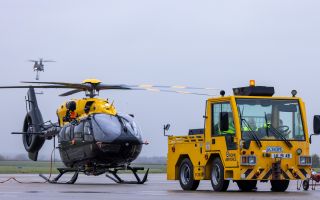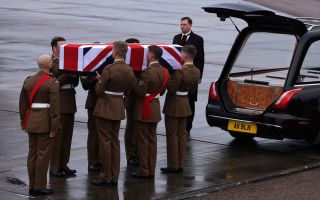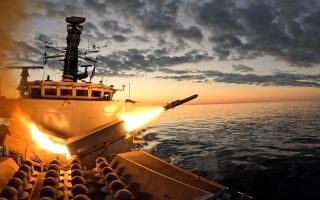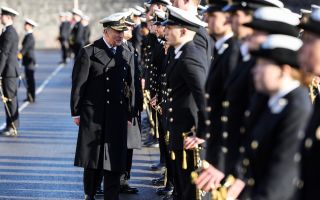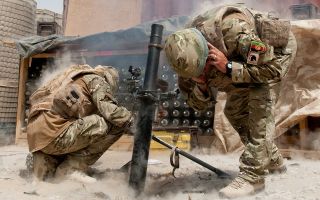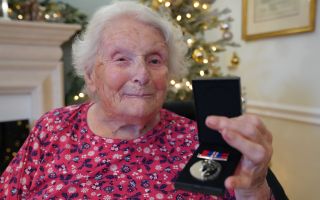
From Archer-class to Archer artillery: MOD kit list reveals a hybrid-modernised fleet

As ageing warships give way to state-of-the-art vessels and uncrewed systems, the latest kit list released by the MOD reveals the UK Armed Forces is undergoing a striking transformation.
From the versatile Boxer armoured fighting vehicle, punching well above its weight, to the Archer artillery system, ready to fire in just 20 seconds, the UK is poised to meet the demands of an evolving battlefield.
BFBS Forces News examines the reports' insights, which highlight a military in transition – retiring ageing equipment while ushering in a new generation of advanced platforms across land, sea and air.
All data published here should be understood as reflecting the assets of 1 April 2025.
Maritime capabilities
Submarines

There are currently nine submarines in the Royal Navy Submarine Service, consisting of four ballistic nuclear submarines and five nuclear submarines.
The four Vanguard-class ballistic submarines, HMS Vanguard, Victorious, Vigilant, and Vengeance, are armed with Trident II D5 missiles and provide the UK's continuous at-sea nuclear deterrent. This number remains unchanged from the previous year.
The upcoming Dreadnought Class, set to succeed the Vanguard Class in the early 2030s, will comprise four submarines equipped with advanced systems such as the Rolls-Royce PWR3 reactor and fly-by-wire control technology, which uses computers and electronic signals to replace traditional mechanical and hydraulic systems for controlling manoeuvring.
Following the decommissioning of HMS Triumph – the Royal Navy's last Trafalgar-class nuclear submarine – in early 2025, the fleet now consists of five nuclear submarines.
Her decommissioning completes the transition from the Trafalgar-class to the newer Astute-class submarines, which will carry out a number of important roles, from covert surveillance to tactical strike, and will serve as the leading edge of submarine operations into the second half of the 21st century.
At present, five Astute-class submarines – HMS Astute, Ambush, Artful, Audacious, and Anson – are in service and operating out of HM Naval Base Clyde. The sixth vessel, HMS Agamemnon, successfully completed its first underwater trials earlier this month.
The seventh, HMS Achilles, is currently under construction.
Surface Fleet
The UK Armed Forces' main combat and operational strength remains at 70 vessels, comprising 57 in the Royal Navy Surface Fleet and 13 in the Royal Fleet Auxiliary (RFA), of which 91% (52) and 85% (11) respectively, are currently in service.
Five vessels are currently being decommissioned as part of a transition to a hybrid modernised fleet, a key component of the Strategic Defence Review.
In November 2024, Defence Secretary John Healey announced the retirement of two Landing Platform Docks (LPDs) – HMS Albion and HMS Bulwark.
The government attributed this decision to the vessels' high maintenance costs and the extensive refits required to keep them both operational, opting instead to invest in multi-role strike ships planned for introduction in the early 2030s.
In the interim, the Royal Fleet Auxiliary's Bay-class vessels will provide amphibious support for the Royal Marines.
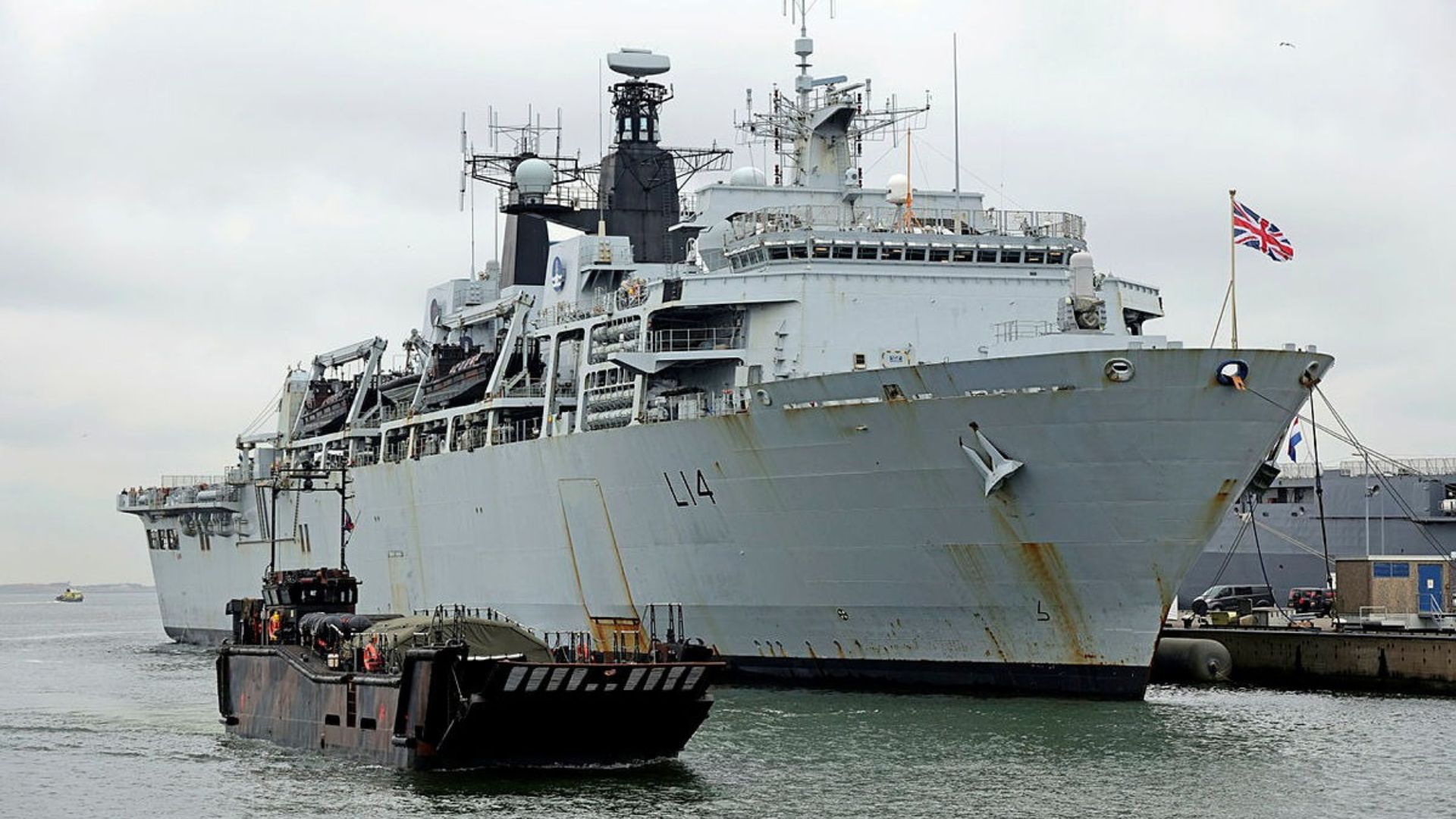
Three Type 23 frigates – HMS Argyll, HMS Westminster, and HMS Northumberland – are in the process of being decommissioned and will be replaced with new Type 26 and Type 31 frigates.
Eight Type 26 frigates are being constructed, with the first three – HMS Belfast, Glasgow and Cardiff – scheduled to enter service before 2030.
The other five vessels, including HMS Birmingham, Sheffield, Newcastle, Edinburgh and London, are expected to follow over the subsequent decade.
Each 6,900-tonne ship can be crewed by 208 personnel, and will undertake warfighting, maritime security and international engagement roles, according to the Royal Navy.
HMS Venturer is the first of the five Type 31 Inspiration-class warships. The 5,700-tonne vessel is armed with a 57mm gun, two 40mm guns, and the Sea Ceptor missile system.
She will play a central role in enabling the Royal Navy to maintain a global presence, operating across the Caribbean, South Pacific, and Indo-Pacific regions.
Construction of the next vessels in the class, HMS Active and HMS Formidable, is already underway, with all five Type 31 warships expected to be operational by 2030.
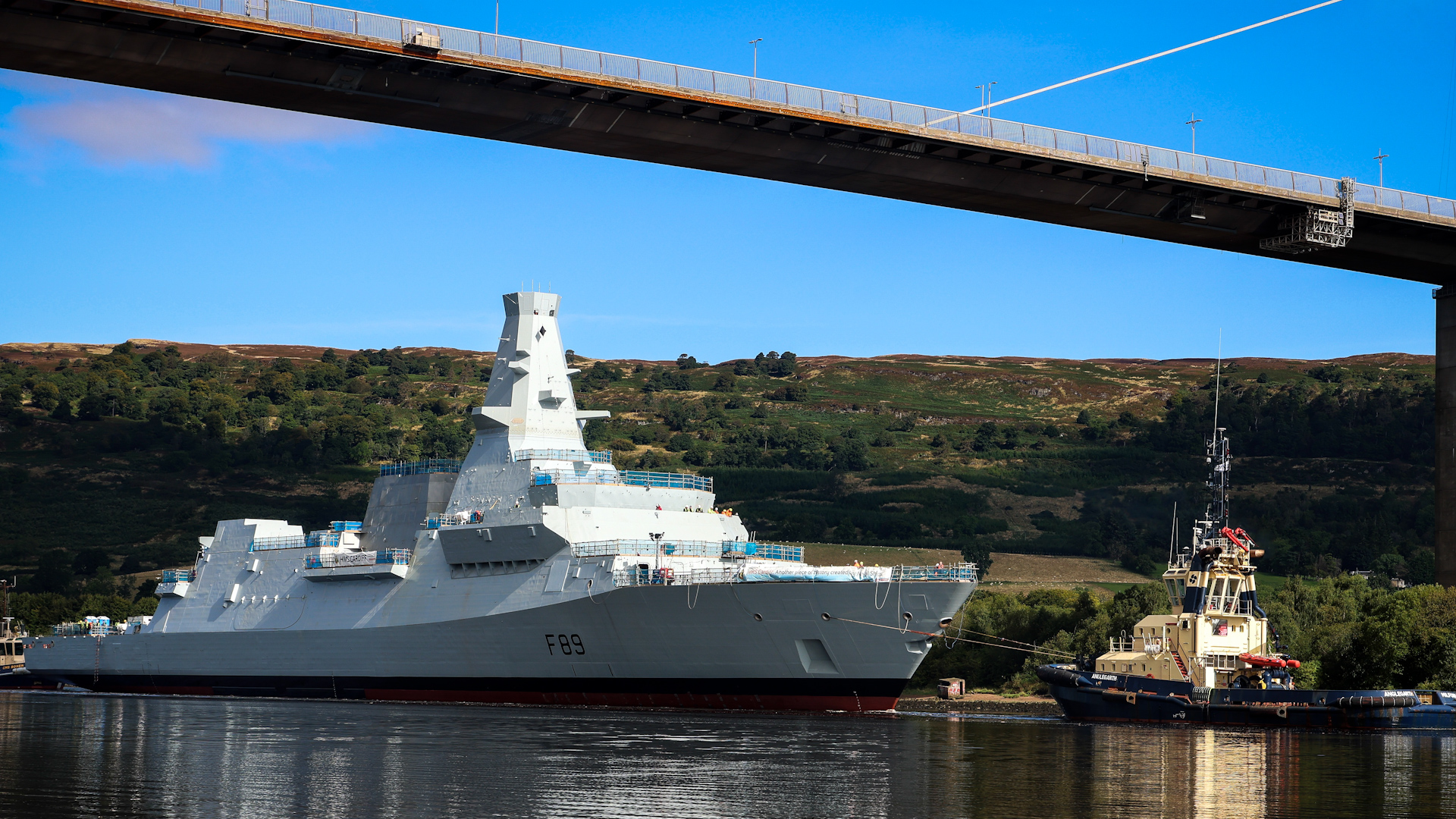
British-registered vessels
According to the MOD report, militarily useful vessels are defined as "vessels that could be requisitioned in appropriate circumstances in support of the UK Armed Forces".
The total number of passenger, tanker, and dry cargo merchant vessels has continued to decline, falling from 475 on 31 December 2023 to 452 by 31 December 2024.
This reduction is primarily attributed to a reduction in bulk carrier vessels as well as product and chemical tankers.
Land equipment
The report on the Army's primarily land-based equipment and formations has been expanded to provide a more comprehensive overview. As a result, the current data cannot be directly compared with previous years.
The UK Armed Forces have a total of 3,955 pieces of Combat Equipment.
This figure reflects a reduction in Viking BvS10 all-terrain vehicles, which were supplied to Ukraine as part of a military aid package, and a decrease in FV432 Bulldog armoured personnel carriers (APCs) due to disposals.
The most common types of land platforms (excluding Combat Support Equipment) continue to be: Bulldog (APC) 738, Warrior (AFV) 604, and Jackal (PMV) 480.
A new vehicle, the Boxer, has been added to the British Army's inventory. This highly versatile, modular, eight-wheeled armoured fighting vehicle is already in use by several Nato allies.
Primarily, it will be used to rapidly transport troops around the battle environment, but it has been manufactured to be a highly adaptable platform that can fulfil a number of roles.
Cutting-edge threat detection technology includes a 360° long-range camera attached to the outside of the vehicle that can scan for enemy threats while moving at speed.
The vehicle is also equipped with air conditioning for operation in extreme climates and a nuclear, biological, and chemical (NBC) protection system to counter a variety of threats.
The UK Armed Forces operate 236 artillery vehicles, strengthened by the addition of the Archer artillery system, which has just entered service.
Based on the Bofors FH77 field howitzer, the Archer features a 155mm 52-calibre automated gun mounted on a 6x6 articulated hauler, offering long-range precision, rapid deployment, and a protected environment for the crew.
In addition to its 274 pieces of Combat Engineering Equipment, the UK Armed Forces has 15,170 pieces of Combat Support Equipment, 45% of which are Wheeled Support Vehicles.
This total includes an increase of 500 Palletised Load System (PLS) trucks since 1 April 2024. The second-largest category of combat support equipment remains Land Rovers, accounting for 39% of the total.
Air Equipment
Fixed-wing
The UK Armed Forces had 504 Fixed-wing platforms, a decrease of 47 since 1 April 2024. This is largely due to the disposal of surplus Hawk T1/T1A/T1W airframes from storage as part of the gradual managed drawdown of the fleet.
Typhoons are the most common type of fixed-wing platform with 129 aircraft. This includes a reduction of eight Tranche 1 Typhoons – the earliest version of the Eurofighter Typhoon – part of the initial managed drawdown, with the remaining four aircraft scheduled for retirement by 2027.

Of the 371 fixed-wing aircraft (for which 'in service' figures are recorded), 304 (82%) are 'in service' compared to 71% in 2024.
'In service' fixed-wing platforms are all aircraft in active fleet management, which can include aircraft in storage.
Uncrewed aircraft systems
The UK Armed Forces boast 180 uncrewed aircraft systems, a decrease of three since 1 April 2024.
Rotary-wing aircraft
The UK operates 276 rotary-wing platforms, eight more than in 2024. This is largely due to an increase in Apache AH-64E platforms as they continue to be brought into service.
The E variant, capable of reaching speeds of 186 mph, represents the next generation of the Apache, combining components from the Mk1 Apache with a new fuselage and updated technology.
The British Army received the 50th and last brand-new Apache AH-64E attack helicopter in March.
Of the 240 Rotary-wing aircraft (for which 'in service' figures are recorded), 167 (70%) were in 'service' compared to 79% in 2024. This decrease is due to Pumas being withdrawn from service as part of the MOD's plan to save money by withdrawing older aircraft.
Chinooks are the most common type of Rotary-wing platform with 50 aircraft.
Confronting the future threat
The UK Armed Forces Equipment and Formations 2025 report highlights a period of transition and modernisation across Britain's military.
From the introduction of new submarines, frigates, and armoured vehicles to the continued upgrade of aircraft and support systems, it demonstrates an enhanced readiness in the face of evolving modern threats.

